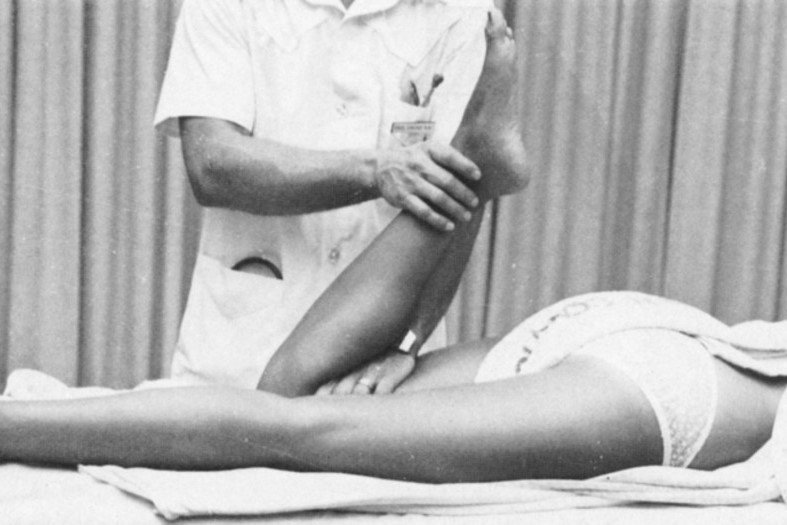
Wasserman's sign (inverse Lasègue) positive in semeiotics
The ‘Wasserman’s sign’, also called ‘inverted or reversed Lasègue’s sign’, is a manoeuvre used in semeiotics to check for irritation of the nerve roots of the lumbar plexus (in particular the crural nerve and femoral nerve)
It can also be indicative of meningeal irritation.
How the Wasserman’s sign manoeuvre is performed
The patient lies in prone decubitus (on the stomach), with the legs outstretched the doctor lifts the thigh over the pelvis, with the knee flexed to 90°, until the hip is extended.
By stretching the crural nerve roots, if the patient feels pain in the lumbar region and along the innervation district, the sign is positive and indicates nerve root distress.
The pain may affect only the lumbar spine or it may radiate to the groin and thigh in the antero-medial region.
Read Also:
Emergency Live Even More…Live: Download The New Free App Of Your Newspaper For IOS And Android
What To Know About The Neck Trauma In Emergency? Basics, Signs And Treatments
Lumbago: What It Is And How To Treat It
Back Pain: The Importance Of Postural Rehabilitation
Cervicalgia: Why Do We Have Neck Pain?
O.Therapy: What It Is, How It Works And For Which Diseases It Is Indicated
Oxygen-Ozone Therapy In The Treatment Of Fibromyalgia
Hyperbaric Oxygen In The Wound Healing Process
Oxygen-Ozone Therapy, A New Frontier In The Treatment Of Knee Arthrosis
Assessment Of Neck And Back Pain In The Patient
‘Gendered’ Back Pain: The Differences Between Men And Women
The Causes Of Acute Low Back Pain


